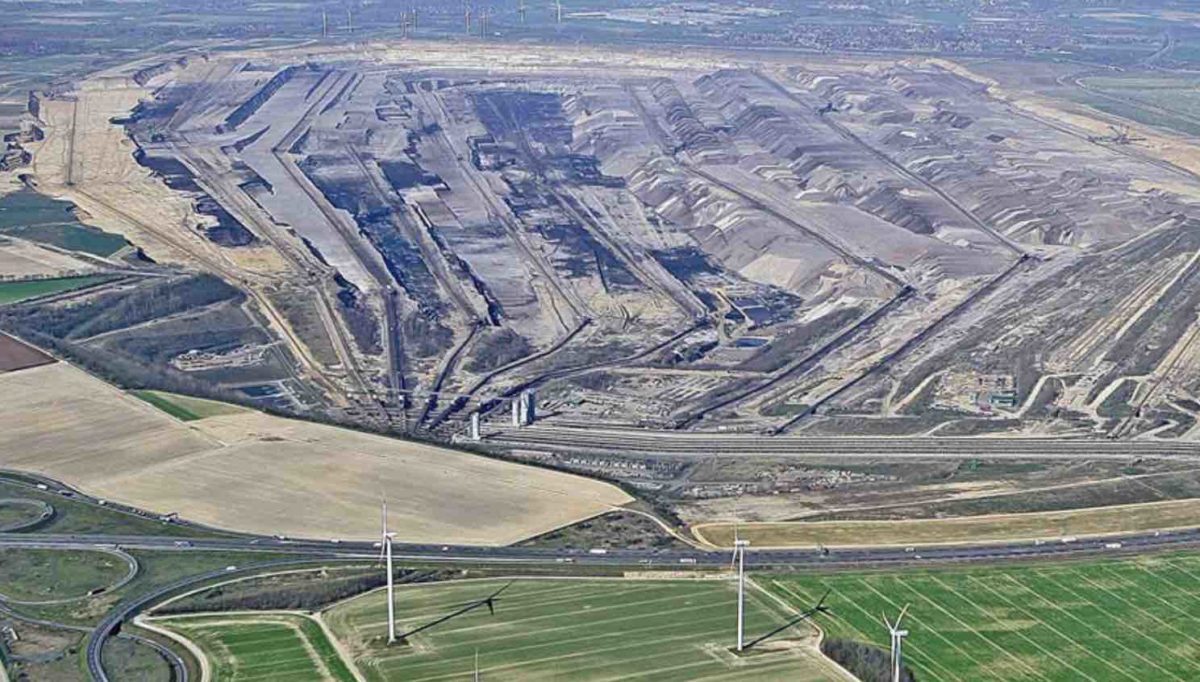German energy company RWE has begun dismantling a small wind farm to make way for the expansion of an adjacent lignite coal mine, a move the company willingly acknowledges as “paradoxical”.
RWE has already dismantled one of the wind turbines at the Keyenberg wind park in the western German state of North Rhine-Westphalia. The remaining seven turbines are expected to be dismantled throughout next year, as RWE expands its operations at its Garzweiler coal mine.
“We realize this comes across as paradoxical,” RWE spokesperson Guido Steffen said in a statement. “But that is as matters stand.”
The driving factor behind the decision is the fear of energy shortages driven by the Russia invasion of Ukraine, and the lack of imported fossil gas from Russia.
RWE decided in late-September to reactivate three coal-fired power plants that were previously on standby. The three plants, each with a capacity of 300MW, would resume operations “to strengthening the security of supply in Germany during the energy crisis and to saving natural gas in electricity generation.”
The turbines in question are small by modern standards, erected in 2001 and boasting nameplate capacity of only 1.3MW, and the operational permit held by operator Energiekontor is due to run out by the end of 2023.
The circumstances beg the question of why the 1.3MW turbines have not been “re-powered” with bigger turbines, and about the country’s big bureaucratic system for permitting.
It is also worth noting that RWE recently committed to ending coal generation by 2030.
“Security of supply is the order of the day,” said Markus Krebber, RWE CEO said earlier this month.
“At the same time, climate protection remains one of the key challenges of our time. RWE supports both: in the current crisis, we are contributing to security of supply in Germany by temporarily increasing the use of our lignite-fired power plants and are thus also helping to displace gas from electricity generation.
“At the same time, we are investing billions of euros to accelerate the energy transition and are ready to phase out lignite by 2030.”










